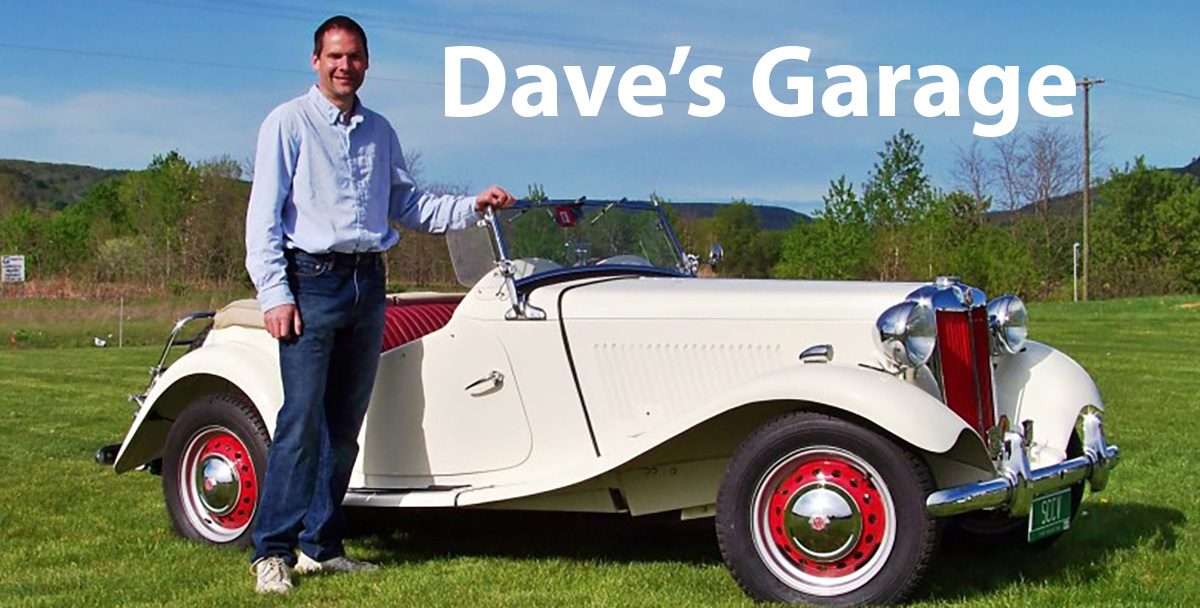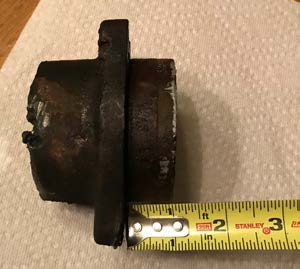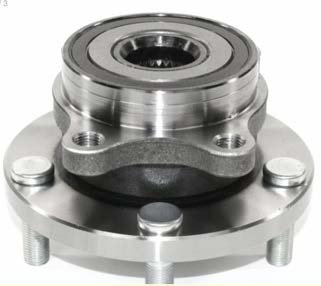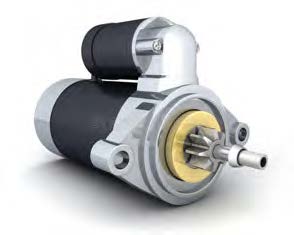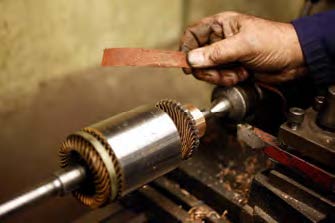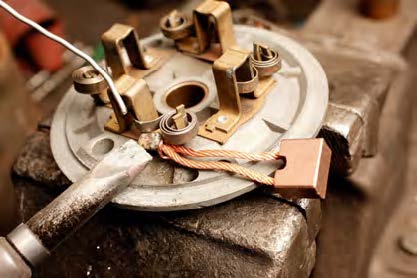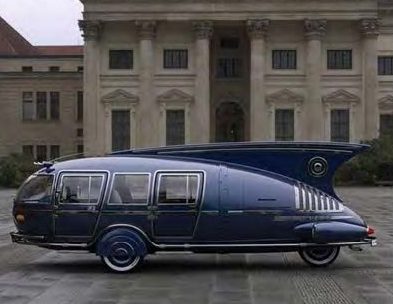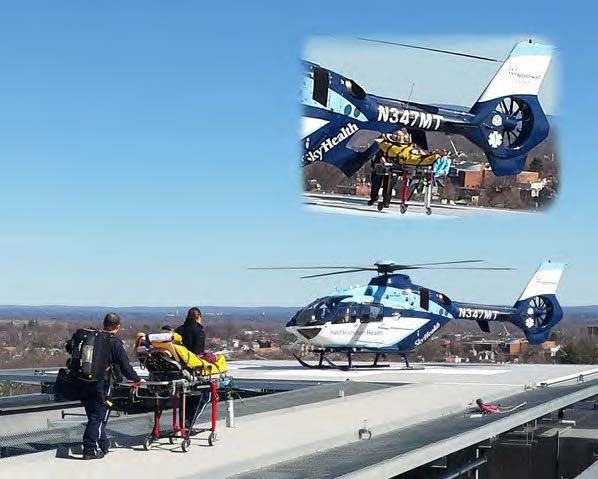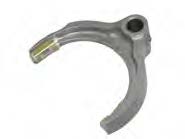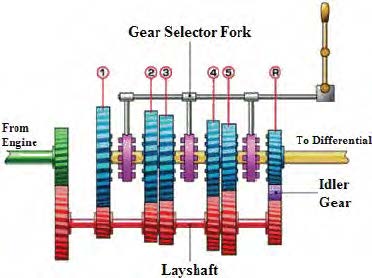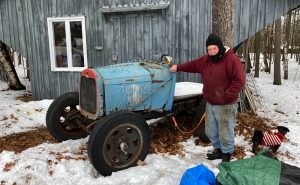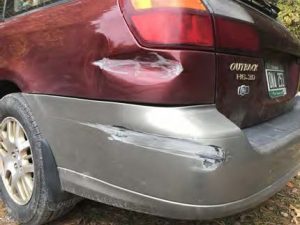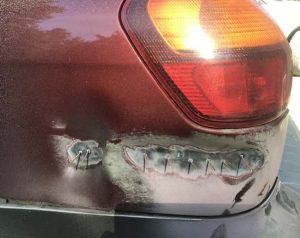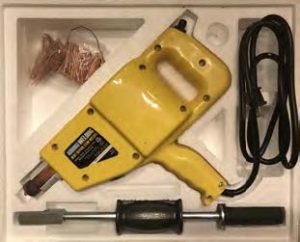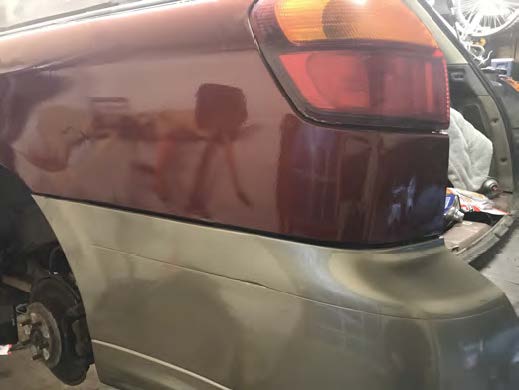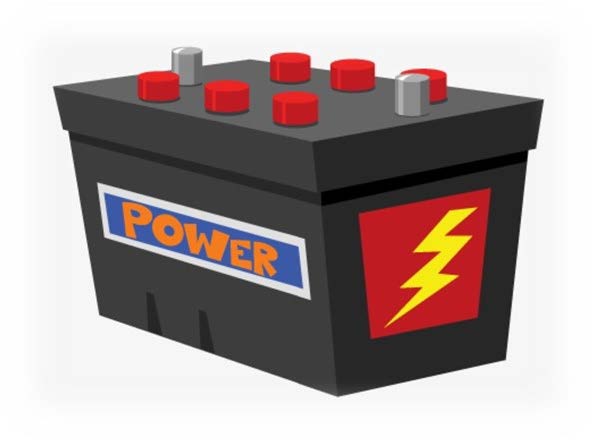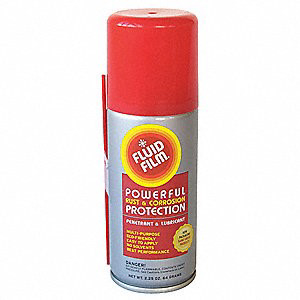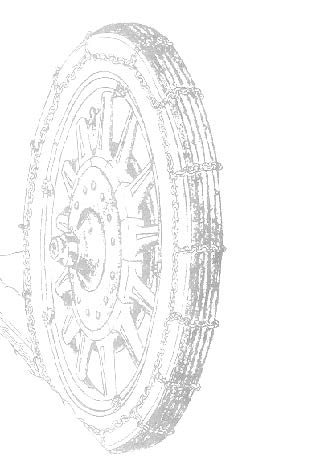Paul Baresel from Buxton, Maine
I have never not known a car enthusiast pass by an old barn, or even a collapsing old barn, and ask themselves “What old car or car parts are hiding in there?”.
My big break came for me this summer after day dreaming what buried treasures are waiting for daylight in this big barn down the road from where I live. I had watched a huge wagon beside the barn disintegrate before my eyes, trees collapse on an old van, and a farm tractor sink into the earth. The day came when I was driving by and saw a door open to the barn and an elderly man dragging some old wood boards outside. I seized the opportunity and introduced myself to him and asked if there were any old car parts inside. I waited with bated breath and “Yes” he said, “but you can not see it!”. “Why not?” “ Just look in the barn” he said. So I did. I thought the term hoarder was the name of a tv show, and here it is in real life. My eyes beheld boards of all shapes and sizes, tables, chairs, books, ancient televisions, refrigerators, and stoves. I asked him “There are car parts in there??!!!”
The old gent told me that, somewhere in there was a 1930 Model A doodle bug that was put there 30 years earlier.
The gentleman was an actor and his life has been spent in a Portland, (ME) theater. When the theater burned down, many years earlier, he had asked if he could salvage the items that remained. The barn contained all that he had rescued and now he had the task of cleaning it out, because it had been sold.
He was so sentimental about the theater, that he had rented storage units and planned to move the barn contents into the units. I offered to help in exchange for the Model A and he agreed.
After a lot of work we uncovered the doodle bug. There it stood gleaming like the Holy Grail, flat tires, broken steering wheel, and broken head lights. It was love at first sight.
The ultimate challenge was how to get the thing out of the barn. He had built walls around it to hold all of his junk!
The day came when a friend, the gent, and I began the job of getting the doodle bug out of the barn. The tires held air, we got the transmission free, and the brakes were not frozen. So far, so good until I pushed from behind the bug.
The ground caved in under my feet, the back wheels began to settle into the cavern. I found my self standing in two feet of porcupine crap! I knew that they would destroy wood, but tunnel? This was a new experience for the three of us.
We tried to moved the truck again and the front wheels joined the rear wheels sinking into the porcupine tunnels and poop. Using jacks, old boards, and big crow bar, we finally had the vehicle outside for its first day-light in 30 years.
We had gone through a dozen or so face masks, a container of hand sanitizer and two 6 packs of beer.
Local people who had heard of the barn commotion, came by just as we pushed the buried “Treasure of Buxton”, on my car trailer. They looked inside the barn with a disappointment. They too, had wondered about the mysteries of the old barn and found only porcupine poop, the junk and this old “jitterbug” (the local term for a doodle bug). I was not allowed in the house until I showered with rubbing alcohol and hydrogen peroxide. I even had to burn the clothes I was wearing!
Several local people came by my home to stare at the golden radiance of the truck. One comment…..“I always wanted to know what was in that barn?” The look of disappointment and disbelief was amazing, as they left shaking their heads. I was thinking of charging people to gaze upon the “Treasure of Buxton” to recoup my efforts.
The “ Treasure of Buxton” is sleeping, awaiting Spring to start its engine.










